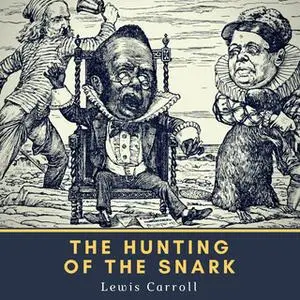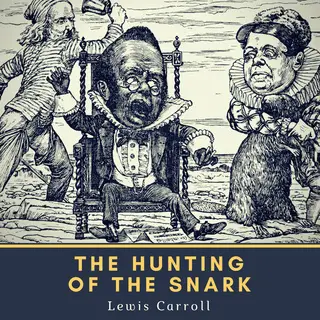«The Hunting of the Snark» by Lewis Carroll
English | ISBN: 9781982704070 | MP3@64 kbps | 31 min | 14.5 MB
English | ISBN: 9781982704070 | MP3@64 kbps | 31 min | 14.5 MB
"The Hunting of the Snark (An Agony in 8 Fits)" is a poem written by English writer Lewis Carroll. It is typically categorised as a nonsense poem. Written from 1874 to 1876, the poem borrows the setting, some creatures, and eight portmanteau words from Carroll's earlier poem "Jabberwocky" in his children's novel "Through the Looking Glass" (1871).
As for the word "Snark", Carroll did not give it any meaning. The word "snarking" had been used in 1866 to describe a sound.
Henry Holiday, the illustrator of the poem, thought of it as a "tragedy".
The plot follows a crew of ten trying to hunt the Snark, an animal which may turn out to be a highly dangerous Boojum. The only one of the crew to find the Snark quickly vanishes, leading the narrator to explain that it was a Boojum after all. The poem is dedicated to young Gertrude Chataway, whom Carroll met at the English seaside town Sandown in the Isle of Wight in 1875. Included with many copies of the first edition of the poem was Carroll's religious tract, "An Easter Greeting to Every Child Who Loves 'Alice'".
"The Hunting of the Snark" was published by Macmillan in the United Kingdom in late March 1876, with illustrations by Henry Holiday. It had mixed reviews from reviewers who found it strange. The first printing of "The Hunting of the Snark" consisted of 10,000 copies. There were two reprintings by the conclusion of the year; in total, the poem was reprinted 17 times between 1876 and 1908. Carroll often denied knowing the meaning behind the poem; however, in an 1896 reply to one letter, he agreed with one interpretation of the poem as an allegory for the search for happiness. Scholars have found various meanings in the poem, among them existential angst, an allegory for tuberculosis, and a mockery of the Tichborne case. "The Hunting of the Snark" has been alluded to in various works and has been adapted for musicals, opera, plays, and music.



